Home cleaning may sound simple as it is, until you can’t figure out what cleaning tools, equipment and supplies you need. It can be quite frustrating when you start cleaning an area and realize you got the wrong tool or lack the equipment to clean it.
Ways of Disinfecting your Home and Office
Ways of Disinfecting your Home and Office
Chlorine, Chlorine Powder or Clorox
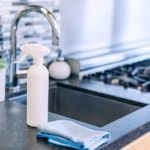 Almost every household have a bottle of Clorox under their kitchen sink, and some uses liquid or powdered chlorine for cleaning homes and pools. In it’s purest form, it is a very good chemical disinfectant, so following the proper water to chlorine ratio should be considered. Most experts and professionals advise that a 1:100 dilution is already okay to kill bacteria and viruses without doing harm to you. That’s 5mL or a spoonful of Cholorox on a 500mL water bottle. You can wipe down almost all surfaces (except surfaces of plates and utensils to avoid ingestion) and you can spray it around your home and garden. The only downside using this is the odor that it leaves. Some prefer the odor but most find it offensive, and not to mention that Chlorine is a mild to medium irritant depending on the concentration.
Almost every household have a bottle of Clorox under their kitchen sink, and some uses liquid or powdered chlorine for cleaning homes and pools. In it’s purest form, it is a very good chemical disinfectant, so following the proper water to chlorine ratio should be considered. Most experts and professionals advise that a 1:100 dilution is already okay to kill bacteria and viruses without doing harm to you. That’s 5mL or a spoonful of Cholorox on a 500mL water bottle. You can wipe down almost all surfaces (except surfaces of plates and utensils to avoid ingestion) and you can spray it around your home and garden. The only downside using this is the odor that it leaves. Some prefer the odor but most find it offensive, and not to mention that Chlorine is a mild to medium irritant depending on the concentration.Need something cleaned?
Alcohol (Isopropyl or Ethyl)
 This is also a very common household item that can be easily used to disinfect surfaces. Be it 30% or 70%, Isopropyl or Ethyl, as long as it is not the ones you use as beverage, then you can definitely use it. Smell-wise, this is much more appealing compared to chlorine, and definitely less irritating on the skin. But for those who are cleaning mavericks out there, never combine alcohol and chlorine as it will create a poisonous gas that is nearly lethal to humans and animals. The downside of using alcohol is its cost and volatility (dries up fast and may catch fire). You can use too much of it if you are running on a budget, and you can’t simply spray it around the house as it dries up fast. Not to mention how it affects certain surfaces like varnished wood and laminated floors and walls.
This is also a very common household item that can be easily used to disinfect surfaces. Be it 30% or 70%, Isopropyl or Ethyl, as long as it is not the ones you use as beverage, then you can definitely use it. Smell-wise, this is much more appealing compared to chlorine, and definitely less irritating on the skin. But for those who are cleaning mavericks out there, never combine alcohol and chlorine as it will create a poisonous gas that is nearly lethal to humans and animals. The downside of using alcohol is its cost and volatility (dries up fast and may catch fire). You can use too much of it if you are running on a budget, and you can’t simply spray it around the house as it dries up fast. Not to mention how it affects certain surfaces like varnished wood and laminated floors and walls.
Commercial Liquid Disinfectant
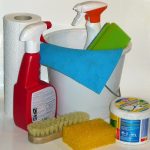 An occassional household that some of us use, liquid disinfectants (commercial names like Lysol or PineSol) are also good in cleaning your homes and offices. Most liquid disinfectants use Benzalkonium Chloride as an active ingredient, one of the things that most hospitals look for when looking for a good disinfectant. Similar to Chlorine, there are recommended dilution for each type of liquid disinfectant to economically clean your place. After mixing the concentrated form with water, you could use it to wipe or mop surfaces. Some brands also come in spray bottles but this may come out more expensive than your regular concentrated version when it comes to using it. Commercial liquid disinfectants are as effective as chlorine and much better smelling, however, it may cost you more.
An occassional household that some of us use, liquid disinfectants (commercial names like Lysol or PineSol) are also good in cleaning your homes and offices. Most liquid disinfectants use Benzalkonium Chloride as an active ingredient, one of the things that most hospitals look for when looking for a good disinfectant. Similar to Chlorine, there are recommended dilution for each type of liquid disinfectant to economically clean your place. After mixing the concentrated form with water, you could use it to wipe or mop surfaces. Some brands also come in spray bottles but this may come out more expensive than your regular concentrated version when it comes to using it. Commercial liquid disinfectants are as effective as chlorine and much better smelling, however, it may cost you more.
BEST WAY TO DISINFECT YOUR PLACE?
Since our homes are unique, there are no rule of thumb on what is the best way to do it, but what we do recommend is utilizing and combining different techniques, approaches and different cleaning solutions (except alcohol and chlorine) to achieve the level of sanitation we want. Here are some tips you could use:
- Start at the cleanest area to the most dirty (so you wouldn’t mistakenly spread the germs)
- Use alcohol for hands only
- Use diluted liquid disinfectants on surfaces (like tables, desks, walls, etc)
- Use chlorine on floors
- Use a different wash cloth (basahan/pamunas) for every room or area
- Use a spray bottle for a more effective dispersal of your cleaning solution
If you are not sure how exactly you can disinfect your home or office, you can always contact us for a more comprehensive disinfection service.
More Related cleaning tips below:
Cleaning Tools Equipment and Supplies for Home Cleaning
How Your Home is Making You Sick
Despite the lockdowns, extensive home cleaning, and other extra measures, why are we still getting sick at home?
8 Effective Office Cleaning Tips and Tricks that Really Work
Get effective office cleaning tips and tricks that really work, curated and provided by a professional cleaning service company.

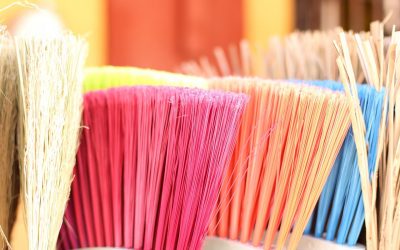

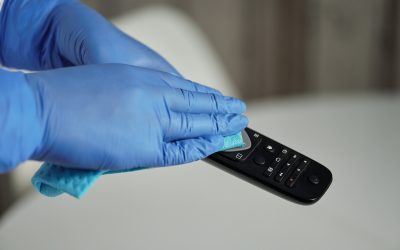
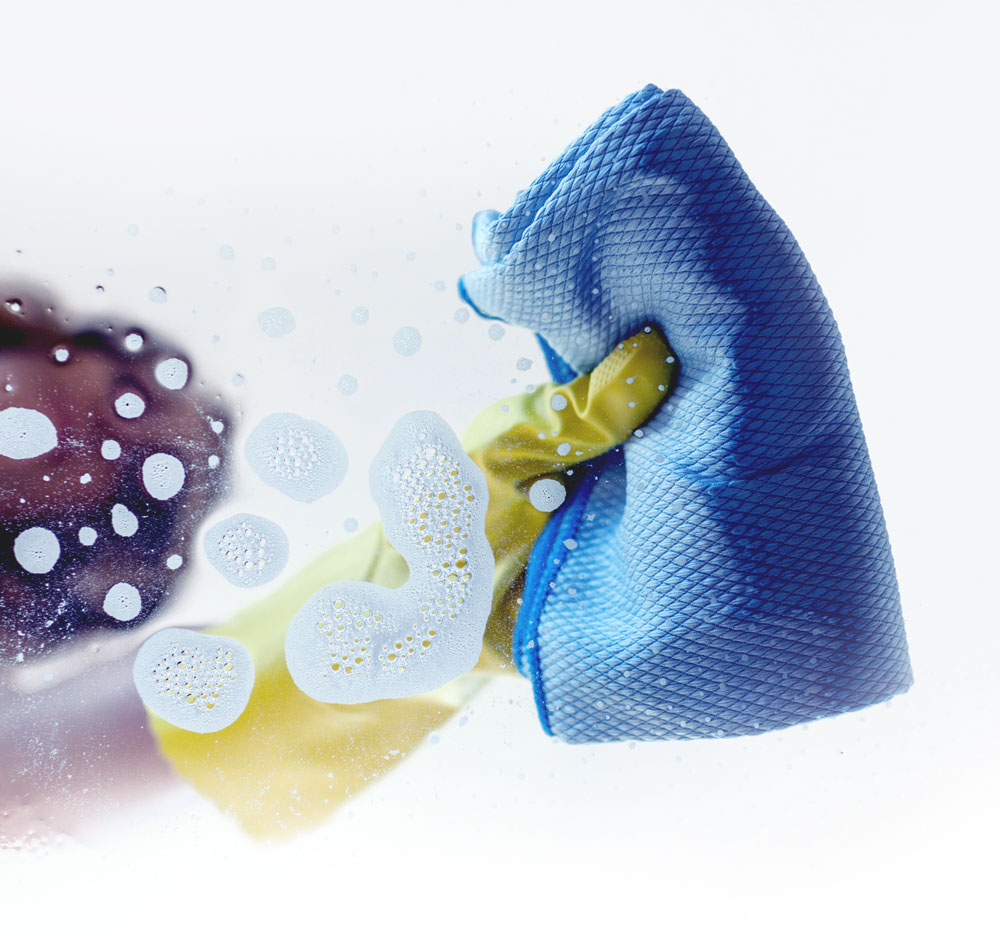
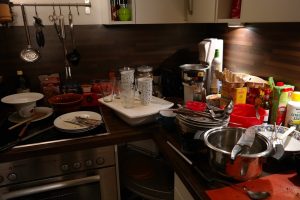 The kitchen sink and the counter tops or kitchen tables- that’s where it all starts. These are the usual areas we place our raw meats, vegetables and all other ingredients for thawing, cutting and other primary food processing. And no matter how clean you might think your source is, these raw food products have contaminants, like bacteria and viruses, that are too small to see and too few to be harmful.
The kitchen sink and the counter tops or kitchen tables- that’s where it all starts. These are the usual areas we place our raw meats, vegetables and all other ingredients for thawing, cutting and other primary food processing. And no matter how clean you might think your source is, these raw food products have contaminants, like bacteria and viruses, that are too small to see and too few to be harmful.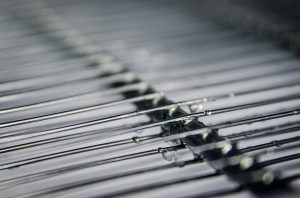 Another area which puts the cleaner in a difficult position, hence, hardly cleaned. Because of the weight of the refrigerator, the back is hardly cleaned, which makes dust accumulate, or pushed over dirt hide. But we are not just pointing out the space in between the “back” of the refrigerator and the wall it is leaning to, we are also pertaining to the section near the refrigerator motor. This area is a blank space where water can accumulate because of condensation, and where some bits of food can go to. This would be a problem area after a couple of years if you are using the regular type of refrigerators, not the no-frost or induction type. If you still have odor problems despite cleaning the inside of your ref, or despite placing blocks of charcoal or boxes of deodorizers, it would mean that the back of your refrigerator is really dirty.
Another area which puts the cleaner in a difficult position, hence, hardly cleaned. Because of the weight of the refrigerator, the back is hardly cleaned, which makes dust accumulate, or pushed over dirt hide. But we are not just pointing out the space in between the “back” of the refrigerator and the wall it is leaning to, we are also pertaining to the section near the refrigerator motor. This area is a blank space where water can accumulate because of condensation, and where some bits of food can go to. This would be a problem area after a couple of years if you are using the regular type of refrigerators, not the no-frost or induction type. If you still have odor problems despite cleaning the inside of your ref, or despite placing blocks of charcoal or boxes of deodorizers, it would mean that the back of your refrigerator is really dirty.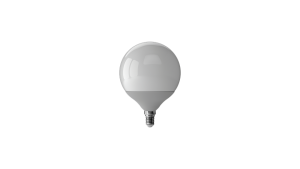 Sometimes it’s not the furniture, items or space that doesn’t give a spark in you, but it’s because of poor lighting in the area. And what better (and cheaper) way to do that than using natural lights. Check your drapes if they are out of place. You might have mixed up the drapes and instead of using block out curtains in your bedroom, you might have it in your living room. Play with your existing drapes to ensure that you can manage the sunlight coming in to your home where you want, when you want it.
Sometimes it’s not the furniture, items or space that doesn’t give a spark in you, but it’s because of poor lighting in the area. And what better (and cheaper) way to do that than using natural lights. Check your drapes if they are out of place. You might have mixed up the drapes and instead of using block out curtains in your bedroom, you might have it in your living room. Play with your existing drapes to ensure that you can manage the sunlight coming in to your home where you want, when you want it.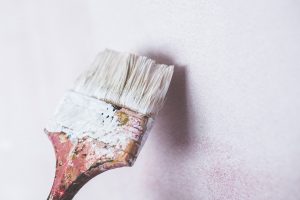 When was the last time you had your walls (re) painted, by you or a
When was the last time you had your walls (re) painted, by you or a 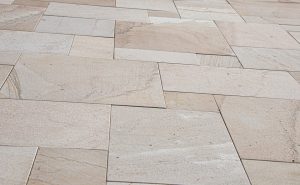 The floor is the most overlooked surface in the house when it comes to home improvement, but is as significant as placing a chandelier on your ceiling.
The floor is the most overlooked surface in the house when it comes to home improvement, but is as significant as placing a chandelier on your ceiling.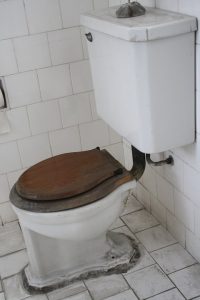 Hi Tanya, thank you so much for following us and for being a loyal visitor in our site.
Bathroom tiles are really a bit tricky, mainly because it is wet most of the time making it a very good breeding ground for all sorts of molds and fungi. You might already have the right cleaning solution and you did a good job re-grouting your tiles, but there are other things you might need to consider, like how hard do you brush your tiles? You might be overdoing it when you do a deep cleaning and scrubbing like there is no tomorrow- which can further damage your tiles and grout.
Hi Tanya, thank you so much for following us and for being a loyal visitor in our site.
Bathroom tiles are really a bit tricky, mainly because it is wet most of the time making it a very good breeding ground for all sorts of molds and fungi. You might already have the right cleaning solution and you did a good job re-grouting your tiles, but there are other things you might need to consider, like how hard do you brush your tiles? You might be overdoing it when you do a deep cleaning and scrubbing like there is no tomorrow- which can further damage your tiles and grout.
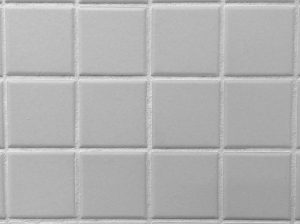 As for the grout falling off: You might have applied the grout while the surface was still wet or with moisture, or you may have not let it dry for at least 12 to 16 hours before using the bathroom.
As for the grout falling off: You might have applied the grout while the surface was still wet or with moisture, or you may have not let it dry for at least 12 to 16 hours before using the bathroom.
